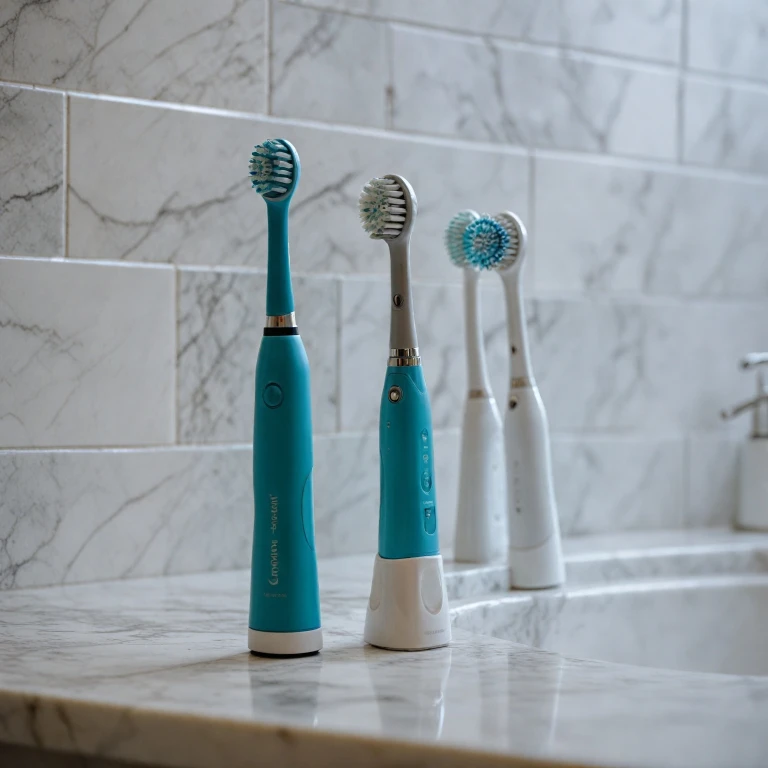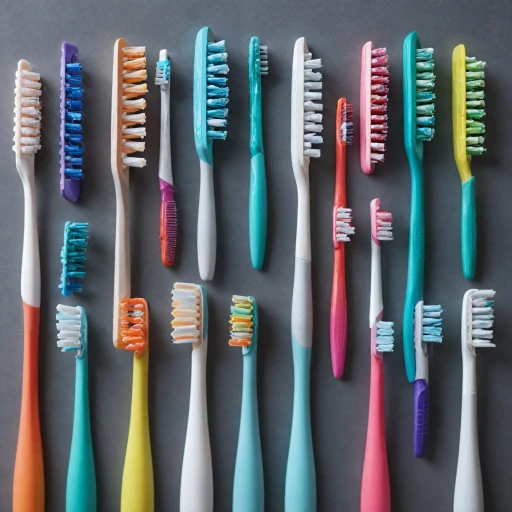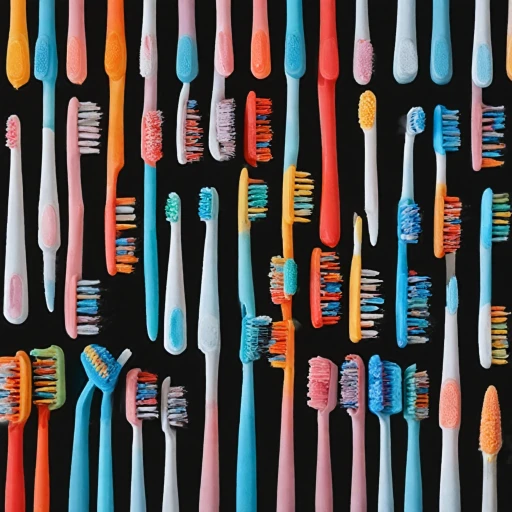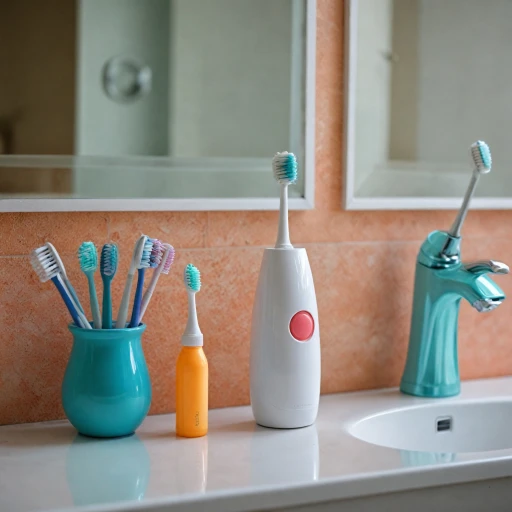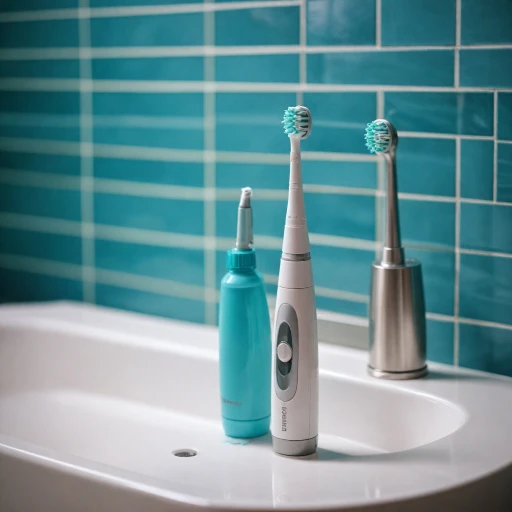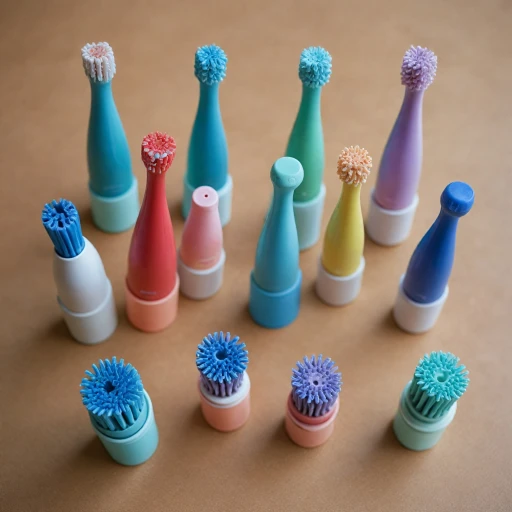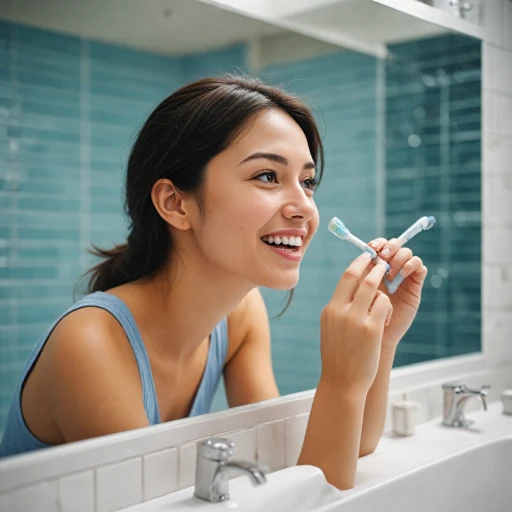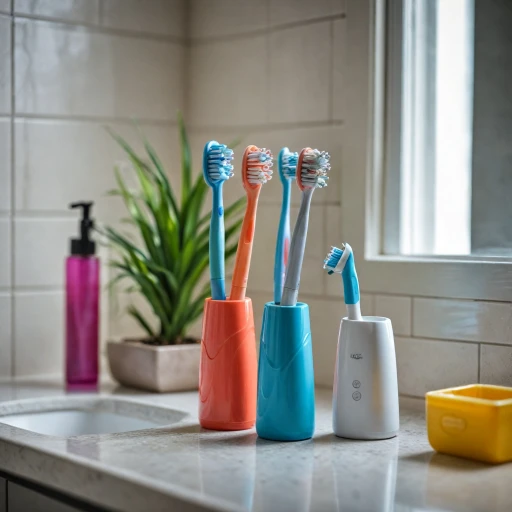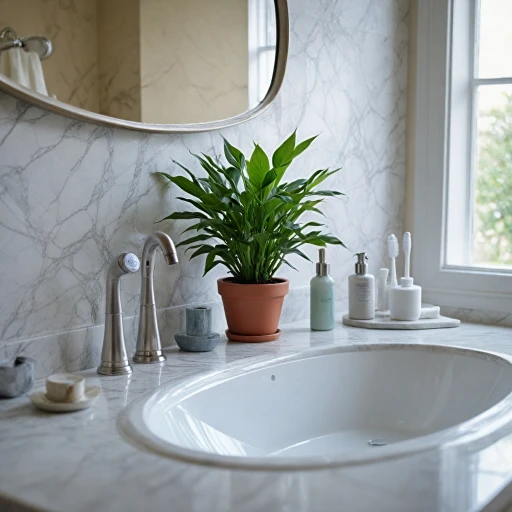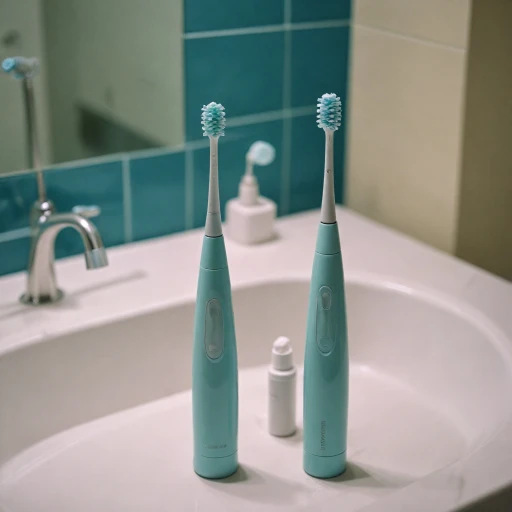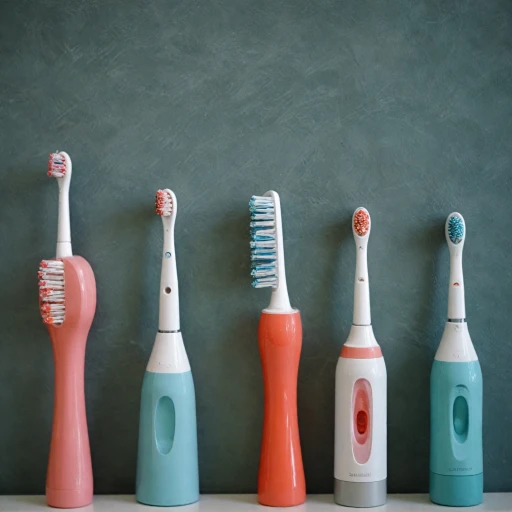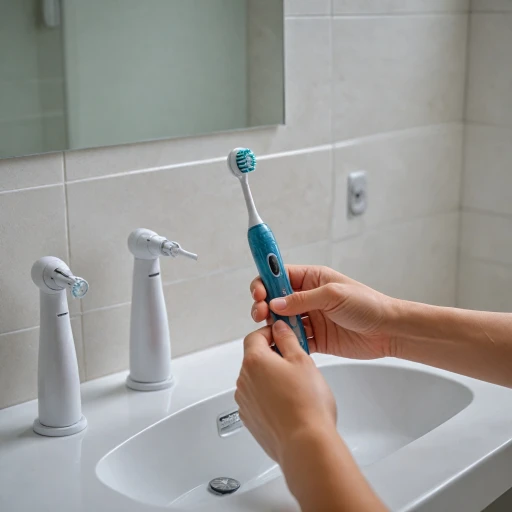
Understanding the Importance of Replacing Toothbrush Heads
The Significance of Regular Replacement for Your Brush Head
Understanding the importance of replacing your electric toothbrush head can make a significant difference in maintaining optimal oral health. Although frequent brushing is necessary for effective oral hygiene, neglecting to change the toothbrush head can compromise your efforts. With time, the bristles of your electric toothbrush head wear out, becoming less effective at removing plaque and debris. As the bristles fray, they lose their cleaning power, resulting in less thorough care for your teeth and overall oral health. Overused toothbrush heads can harbor bacteria, potentially leading to oral health issues such as gingivitis or bad breath. It's also important to note that consistently using a fresh brush head contributes to better teeth whitening results and a more effective brushing routine. By replacing your toothbrush head regularly, you ensure that your brushing effort is maximized, and your oral hygiene is preserved. For a deeper insight into choosing the right replacement heads, understanding Oral-B iO brush head replacements may provide valuable information. Ensuring you have the correct type and design for your electric toothbrush is pivotal in maintaining good oral care practices.Signs It's Time to Change Your Toothbrush Head
Recognizing the Signs for Replacement
Regularly inspecting your electric toothbrush head is essential for maintaining optimal oral health. But how can you tell when it’s the right time to change your toothbrush head? There are several indicators that suggest it’s time to make the switch.
- Worn Bristles: If you notice the bristles on your brush head are frayed or splayed, it's a clear signal that it’s time to replace your toothbrush. Worn bristles are less effective at removing plaque and debris from your teeth.
- Decreased Cleaning Efficiency: When brushing becomes less effective or your teeth don’t feel as clean, it may indicate that the toothbrush head is no longer functioning optimally.
- Build-Up of Bacteria: Over time, even with the best care, toothbrush heads can harbor bacteria. A toothbrush will not only lose its efficacy but could also negatively impact your oral hygiene.
- Recommended Time Frame: Often, manufacturers suggest replacing the heads every three months to ensure you are brushing with a clean and effective tool.
It’s important to be vigilant about these changes to prevent compromising your dental health. Remember, using an old brush head could lead to issues beyond just reduced cleaning. Advanced signs of wear may cause irritation or unwanted pressure on your teeth and gums.
To know more about the advantages of specific toothbrush heads, consider visiting Oral-B sensitive brush heads for detailed insights into how they might align with your oral care needs.
Recommended Replacement Frequency
Frequency of Replacing Your Electric Toothbrush Head
In the realm of optimal oral health, the timing for when you should replace your electric toothbrush head is crucial. As a general rule, it is widely recommended by dental professionals to change your electric toothbrush head every three months or sooner if the bristles become frayed. This timeframe is akin to traditional toothbrushes and ensures that your brush continues to effectively remove plaque debris and maintain oral hygiene.
Despite being made from durable materials, the bristles on electric toothbrushes can wear out over time, reducing their effectiveness in cleaning your teeth. Regularly replacing your toothbrush head not only helps in achieving better oral care but also supports teeth whitening efforts and overall dental health.
Sticking to a three-month schedule maintains the brushing efficiency. However, if you notice any changes in the bristle texture or performance, it might be time for an earlier replacement. Moreover, if someone recovers from an illness, replacing the brush heads sooner is advisable to prevent reinfection. Consistent and mindful replacement contributes significantly to long-term oral hygiene success and your investment into electric toothbrushes at their best sale price.
Thus, staying attentive to your brush's condition and frequency is a small, yet vital part of ensuring a healthy smile. Learn more about mastering the art of brushing with an electric toothbrush to truly optimize your oral health routine.
Impact of Not Replacing Toothbrush Heads
The Consequences of Delaying Replacement
Not swapping out your electric toothbrush head when it's time can have several negative implications for your oral health. By holding onto a used brush head for too long, you could compromise your brushing effectiveness and ultimately, your dental care routine.- Decreased Cleaning Power: Over time, the bristles on your toothbrush head will fray and wear down, substantially reducing their ability to effectively clean your teeth and gums. This diminished cleaning power can lead to a buildup of plaque and debris, increasing the risk of cavities and gum diseases.
- Impact on Oral Hygiene: Using an electric toothbrush with worn-out bristles does not provide optimal oral hygiene. Fresh, intact bristles are essential for reaching the crevices in-between teeth and along the gumline, ensuring every part of your mouth is properly cleaned.
- Bacterial Growth: Aged toothbrush heads can harbor bacteria, which can be detrimental to your health. As the brush ages, its microenvironment becomes more conducive to bacterial growth, elevating the risk of infection, and negatively impacting your overall oral hygiene.
- Impaired Teeth Whitening: If you’re someone who uses an electric toothbrush for teeth whitening benefits, a worn brush head can undermine these efforts. The compromised bristles will be far less efficient at removing surface stains, potentially delaying visible whitening results.
Tips for Extending the Life of Your Toothbrush Head
Maximizing the Lifespan of Your Brush Heads
While it's crucial to replace your electric toothbrush head regularly for optimal oral health, it's also beneficial to take steps that prolong the usability of each head. Proper care not only enhances the longevity of the toothbrush head but also ensures that the bristles remain effective in maintaining your teeth and gums healthy.
- Rinse Thoroughly After Use: Always ensure to rinse your toothbrush head with warm water post-brushing to remove debris and toothpaste. This prevents buildup that can harden over time.
- Dry Completely Before Storing: After rinsing, shake off excess water and store your toothbrush upright. Letting it dry completely before covering or storing helps avoid bacteria growth.
- Keep It in a Clean Location: Store your electric toothbrush in a dry, clean place, away from the toilet, to minimize exposure to airborne bacteria.
- Avoid Sharing: Brush heads are personal items. Sharing increases the risk of cross-contamination and reduces the hygiene status of your brush heads.
- Check for Wear and Tear: Regularly inspect the bristles for fraying or discoloration as it might indicate the need for a replacement sooner than the usual three months' timeframe.
- Use Soft Bristle Heads: If you're prone to applying pressure while brushing, consider switching to a softer brush head to prolong the integrity of your current head and protect your gums.
By implementing these care tips, you not only extend the life of your electric toothbrush heads but also uphold your oral hygiene standards. Remember, even with excellent care, change your brush head routinely, as suggested, to maintain dental health.
Choosing the Right Replacement Head for Your Electric Toothbrush
Finding the Ideal Fit for Your Oral Needs
Choosing the right replacement head for your electric toothbrush is crucial to maintaining optimal oral health. With various options available, understanding your specific oral care needs is important to make an informed decision. Here's what you should consider:
- Compatibility: Ensure that the replacement head you choose fits your specific electric toothbrush model. Different brands offer unique brush attachment mechanisms, so it's vital to check compatibility to avoid purchasing the wrong head.
- Bristle Type: The type of bristles can significantly impact your brushing experience. Soft bristles are generally recommended for a gentle clean, especially if you have sensitive teeth or gums. For those looking to remove more plaque debris, medium or firm bristles might be more effective. However, always consult with your dental care professional to see what works best for you.
- Special Features: Certain toothbrush heads come with added features like angled bristles for better reach, polishing cups for teeth whitening, or even built-in wear indicators that suggest when it’s time to change. Consider these additional benefits when selecting your brush heads.
- Frequent Replacement: As we've covered earlier, it’s recommended to replace your toothbrush head every three months. Over time, bristles can become frayed and less effective, potentially compromising your oral hygiene.
- Cost and Quality: While it can be tempting to go for the sale price options, investing in quality brush heads that offer the best care for your teeth often saves you money in the long run by preventing dental issues.
By taking these factors into account, you can ensure that your electric toothbrush continues to provide you with effective cleaning, supporting your overall oral hygiene and health.
